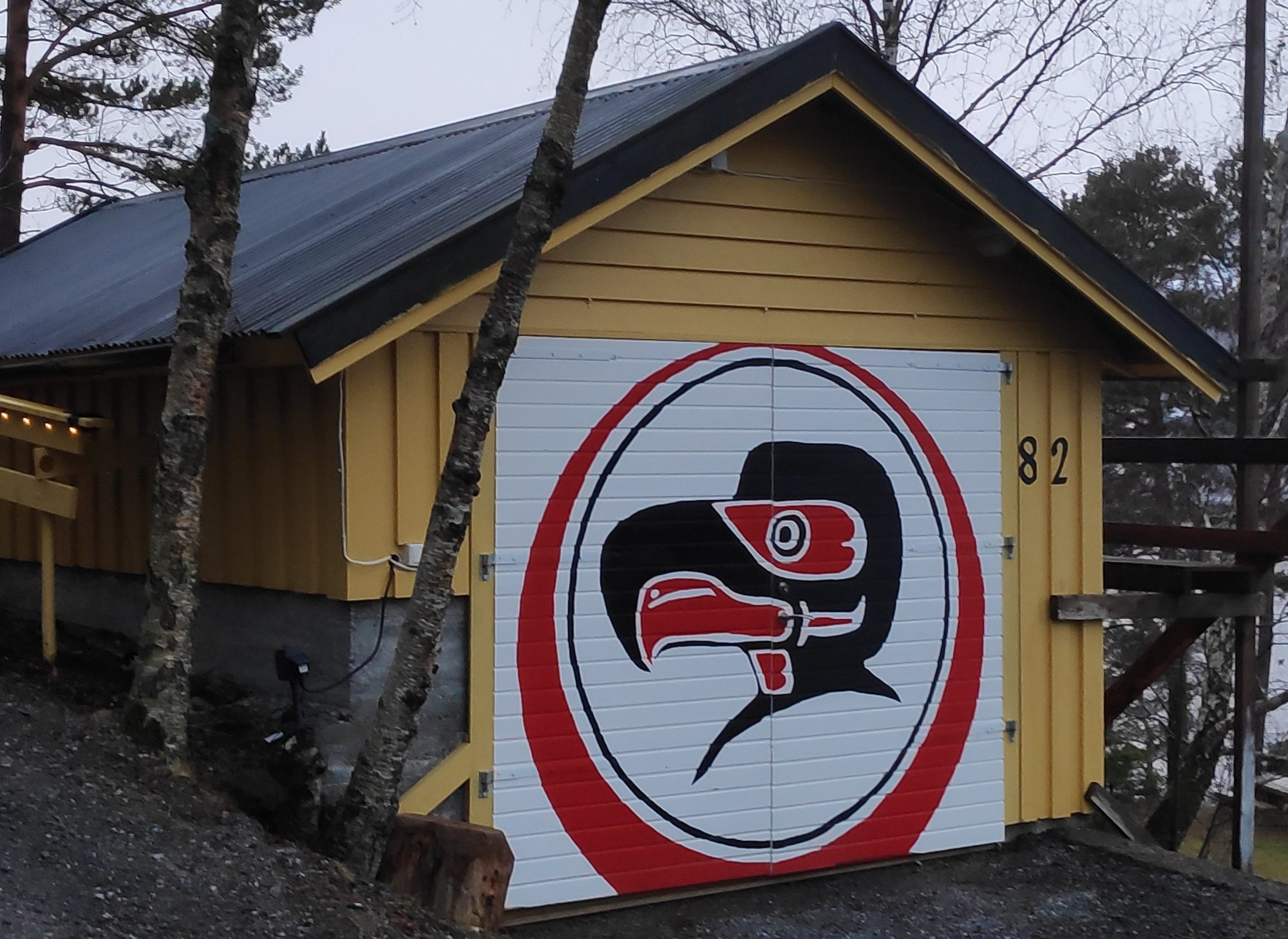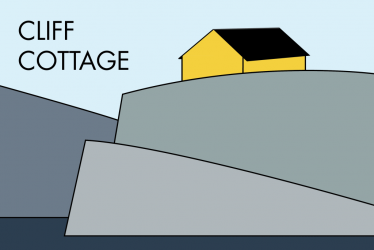
For decades, there have been two unsinkable aircraft carriers in the Baltic. Kaliningrad has served Russia, while Gotland served Sweden. That changed on 2024-03-07, when Sweden officially joined NATO = North Atlantic Treaty Organization = Organisation du traité de l’Atlantique nord = OTAN. Strategically, Gotland is one of the most important military locations in the world. This island is the alleged original location of the Goths. This post is probably less about the history of the Goths, and more about how Fårö became a film mecca for about forty years!
Jordanes was a 6th-century Eastern Roman bureaucrat, widely believed to be of Gothic descent, who became a historian later in life. He wrote two works, Romana (551 or 552) about Roman history and Getica (551) about the Goths. The only other contemporary work about the Goths was written by Isidore of Seville’s (c. 560 – 636), Historia de regibus Gothorum, Vandalorum et Suevorum (624) = History of the Kings of the Goths, Vandals and Suevi. These are three distinct works, with only the first one about the Goths.
The accuracy of Jordanes account is disputed, but he states that the Goths originated in southern Scandinavia, on the island of Gotland. In the 1st century, the Gutones – possibly early Goths, with their Wielbark culture – live near the lower Vistula River in current Poland. From the 2nd century, this culture expands southwards towards the Black Sea. By the late 3rd century it morphs into the Chernyakhov culture. By the 4th century, there are several distinct Gothic groups including: Thervingi, Greuthungi and Wulfila. were the most powerful. During this time, Wulfila began the conversion of Goths to Christianity.
In the late 4th century, the lands of the Goths were invaded from the east by the Huns. In the aftermath of this event, several groups of Goths came under Hunnic domination, while others migrated further west or sought refuge inside the Roman Empire. Goths who entered the Empire by crossing the Danube inflicted a devastating defeat upon the Romans at the Battle of Adrianople in 378. These Goths would form the Visigoths, and under their king Alaric I, they began a long migration, eventually establishing a Visigothic Kingdom in Spain at Toledo.[3] Meanwhile, Goths under Hunnic rule gained their independence in the 5th century, most importantly the Ostrogoths. Under their king Theodoric the Great, these Goths established an Ostrogothic Kingdom in Italy at Ravenna.

When my children were younger, I took them both on a trip to Gotland, taking the ferry from and to Oskarshamn. For me, one of the highlights of the trip was to take another ferry to the Fårö Island. Swedish filmmaker Ingmar Bergman (1918 – 2007) lived (from about 1960) and died on Fårö. Several of his films were made there: Through a Glass Darkly (1961) = Såsom i en spegel = As in a Mirror (literal translation), Persona (1966), Hour of the Wolf (1968) = Vargtimmen , Shame (1968) = Skammen, The Passion of Anna (1969) = En passion = A passion (literal translation), and Scenes from a Marriage (1973) = Scener ur ett äktenskap, a television miniseries in 6 episodes. Liv Ullmann’s Faithless (2000) = Trolösa, based on a Bergman screenplay, was also filmed there. Fårö is the subject of Bergman’s documentary films Fårö Document (1970) and Fårö Document 1979.
The first Bergman film I experienced was The Virgin Spring = Jungfrukällan (1960, Swedish) set in medieval Sweden, filmed at Styggforsen = Ugly Falls (literal translation), Dalarna, a county on mainland Sweden bordering Norway, south of Trøndelag. It is close to the Swedish town of Mora, which is about 500 – 560 km south east of Cliff Cottage, depending on the route taken. The story was adapted by historical novelist/ screenwriter Ulla Isaksson (1916 – 2000), yes, a woman, from a 13th-century Swedish ballad. For me, this fact remained in the foreground when I viewed the film. Isaksson was interested in the conflict between paganism and Christianity. This conflict is ongoing, but reduced as more of the Scandinavian population becomes atheistic, or at least agnostic.
The film’s violence is unpleasant to watch, yet the father’s merciless response to the rape and murder of his young daughter, is understandable. The film has left a lasting impression. Yet, the reason for Bergman selecting Isaksson as the screenwriter, probably has to do with the criticism of a his previous film, the Seventh Seal = Det sjunde inseglet (1957). It was called metaphorical and allegorical, but historically inaccurate.
The second Bergman film I saw was The Magic Flute = Trollflöjten (1975) a film version of Wolfgang Amadeus Mozart’s (1756 – 1791) opera Die Zauberflöte. The work is widely viewed as one of the most successful films of an opera ever made, and once again left a lasting impression on me. Again, this work was not made on Gotland, Originally, Bergman had wanted to film the production at Drottningholm Palace Theatre, but because of concerns about its fragility, the stage, including wings, curtains, and wind machines, was copied and erected in the studios of the Swedish Film Institute, in Stockholm.
Of the Bergman films made on Fårö, Persona has left the most lasting impression. It has been called many things including: controversial and experimental. It is a reflection of Carl Jung’s (1875 – 1961) theory of persona, including references to abortion, filmmaking, homosexuality, motherhood, vampirism and other subjects. The plot involves a young nurse named Alma = Bibi Andersson (1935 – 2019) and her patient, well-known stage actress Elisabet Vogler = Liv Ullmann (1938 -), who has suddenly stopped speaking. They move to a cottage, where Alma cares for Elisabet. The film then examines the situation where the care giver has difficulty distinguishing herself from her patient.
World Goth Day #18 will look at Gothic writing and fonts. It will be published on Thursday, 2026-05-22.

